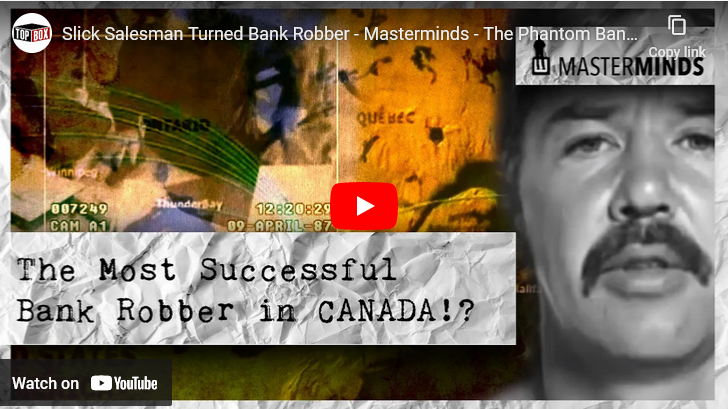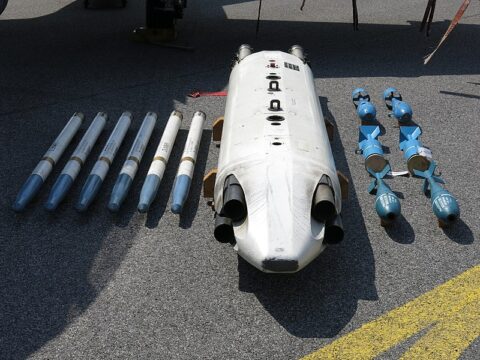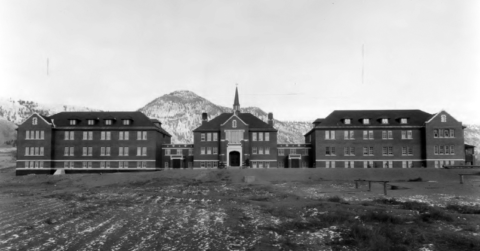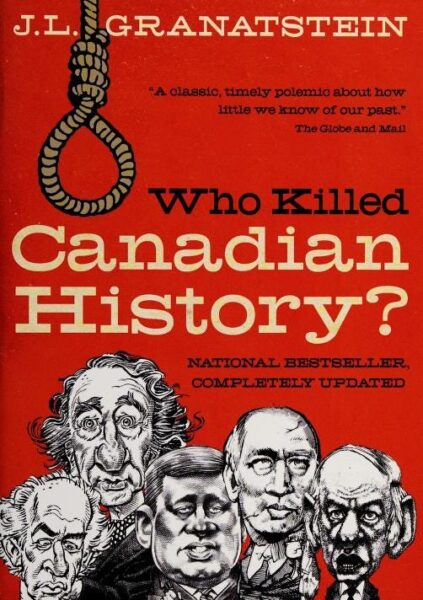When I first heard about this, despite all the evidence we’d seen during the Wuhan Coronavirus years of governments going out of their way to mislead and deceive the voters, I thought it was fake news. But according to David Pugliese’s report in the Ottawa Citizen, they really did do and and only now are starting to worry that they should not have done that:
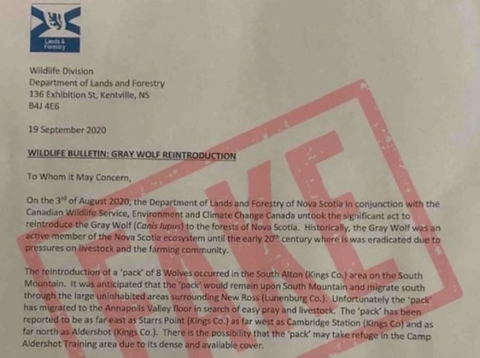
A screenshot of the fake letter from the Nova Scotia government which was sent out to residents to warn about a pack of wolves on the loose in the province. The letter was actually a forgery by Canadian military personnel as part of a propaganda training mission.
Photo by NS Lands Forestry Twitter/X /Handout
The Canadian Forces worried the public would link its previous efforts to test propaganda techniques during the pandemic to a bungled exercise in which the military spread disinformation about rampaging wolves, according to newly released records.
Military officers worried the 2020 wolves training fiasco, combined with previous coverage in this newspaper about their efforts during the COVID outbreak to test new methods to manipulate Canadians, could have “the effect of undermining our credibility and public trust”.
The October 2020 exercise involving fake letters about wolves on the loose, which caused panic in one community in Nova Scotia, was a propaganda test gone awry, generating embarrassing news coverage across Canada and in some U.S. media outlets.
Just as that incident was being reported by media outlets, a non-government group called the Organized Crime and Corruption Reporting Project released details about the Canadian Forces spending more than $1 million on training on how to modify public behaviour. That training had been used by the parent firm of Cambridge Analytica, the company that was at the centre of a scandal in which personal data of Facebook users was provided to U.S. President Donald Trump’s political campaign.
In addition, this newspaper had reported months earlier, the Canadian Forces had tested new propaganda techniques during the pandemic and had concocted a plan to influence the public’s behaviour during coronavirus outbreak.
The various reporting set off alarm bells inside the military’s public affairs branch at National Defence headquarters in Ottawa, according to documents released under the access to information law.
Col. Stephanie Godin wrote Brig.-Gen. Jay Janzen on Oct. 16, 2020 warning that since the story about the fake wolf letters broke “there has been a resurgence of media and public criticism regarding perceived nefarious IO/IA (propaganda) against the Canadian public”.
She also noted how then-army commander Lt.-Gen. Wayne Eyre contacted Laurie-Anne Kempton, then the assistant deputy minister for public affairs at National Defence. Eyre wanted to “discuss how the wolf letter issue could be removed from being conflated with” the $1 million training course on influence techniques as well as the previous articles on military pandemic propaganda plans, Godin wrote.
I mean, did they hire George Monbiot as a consultant for this idiocy?




